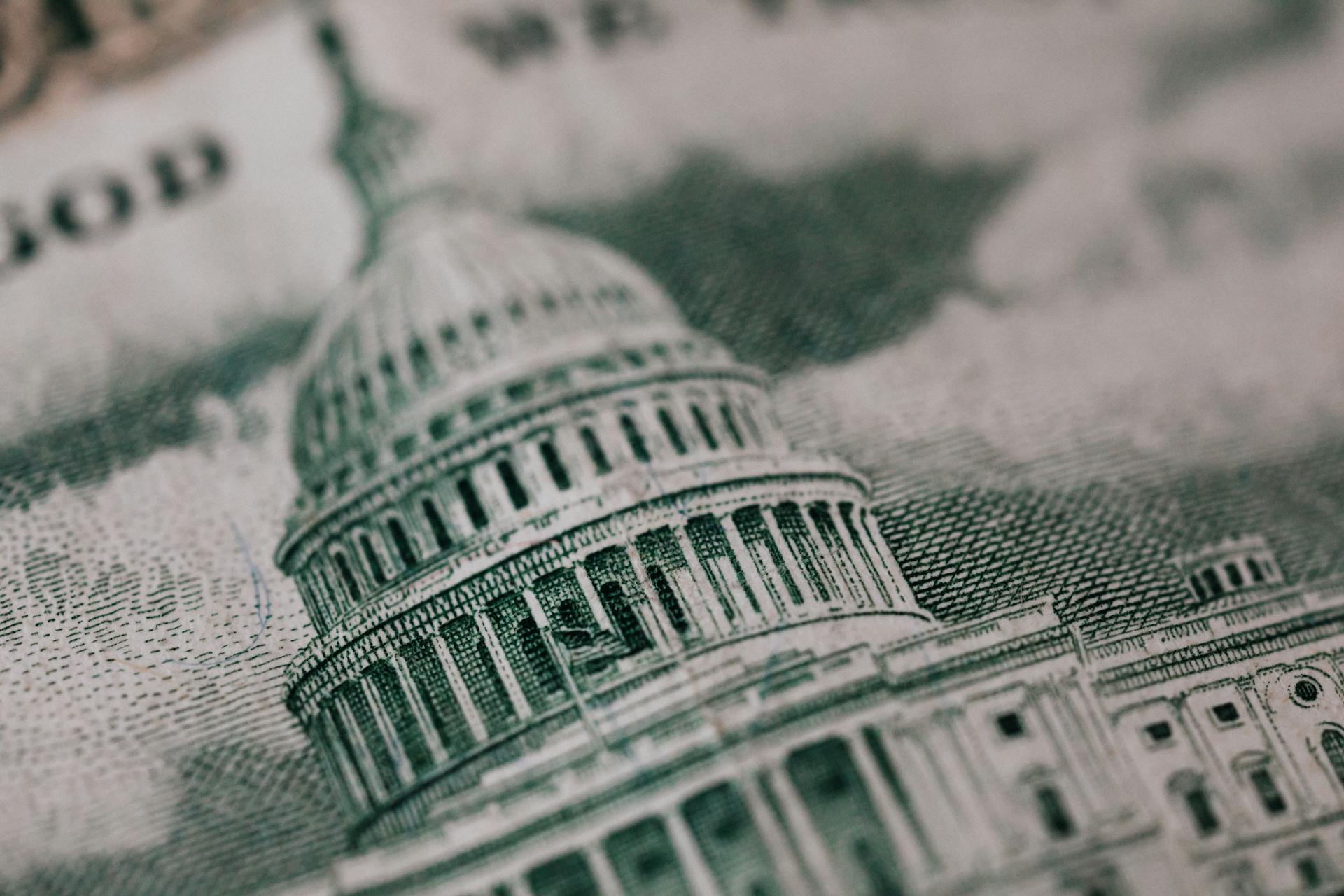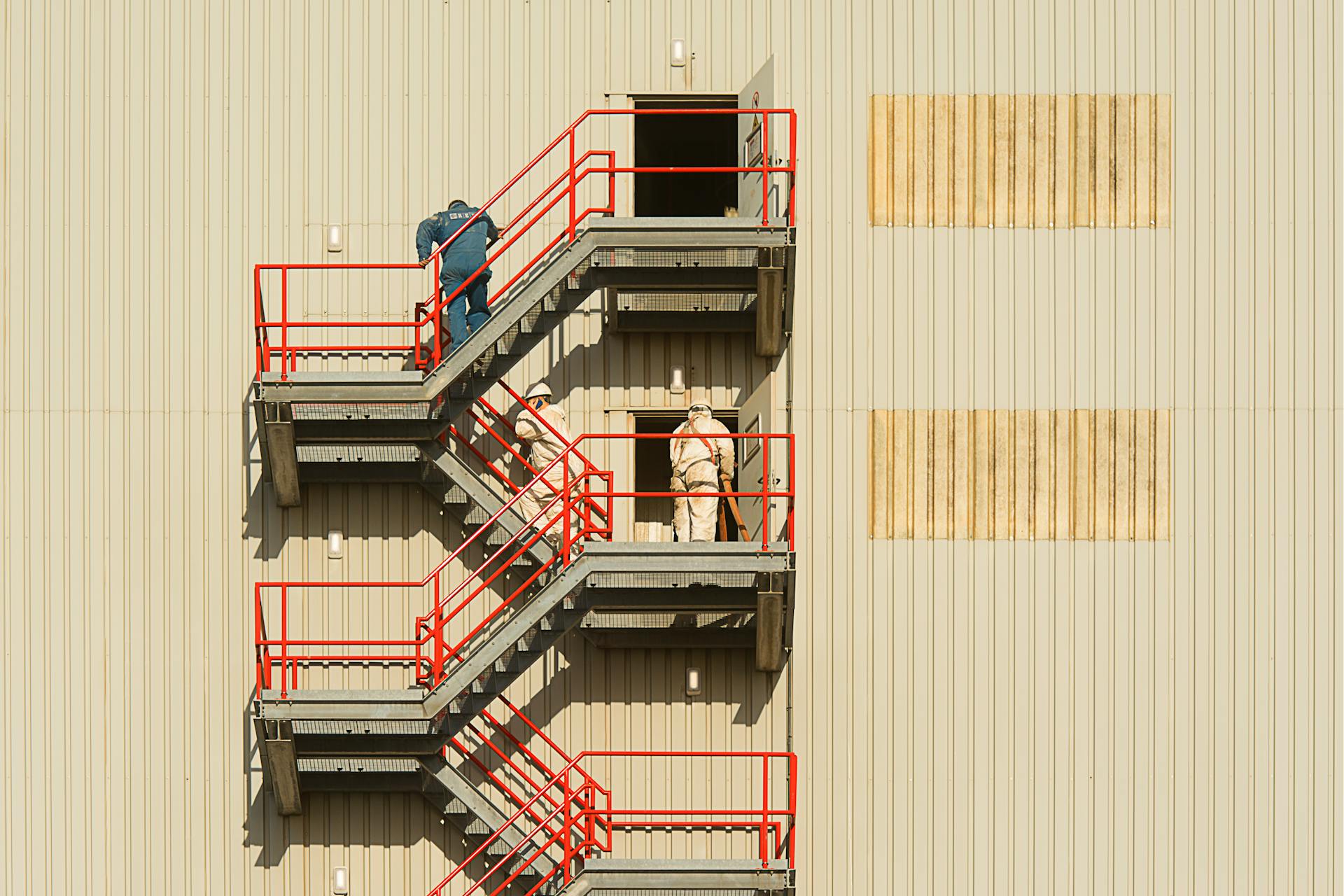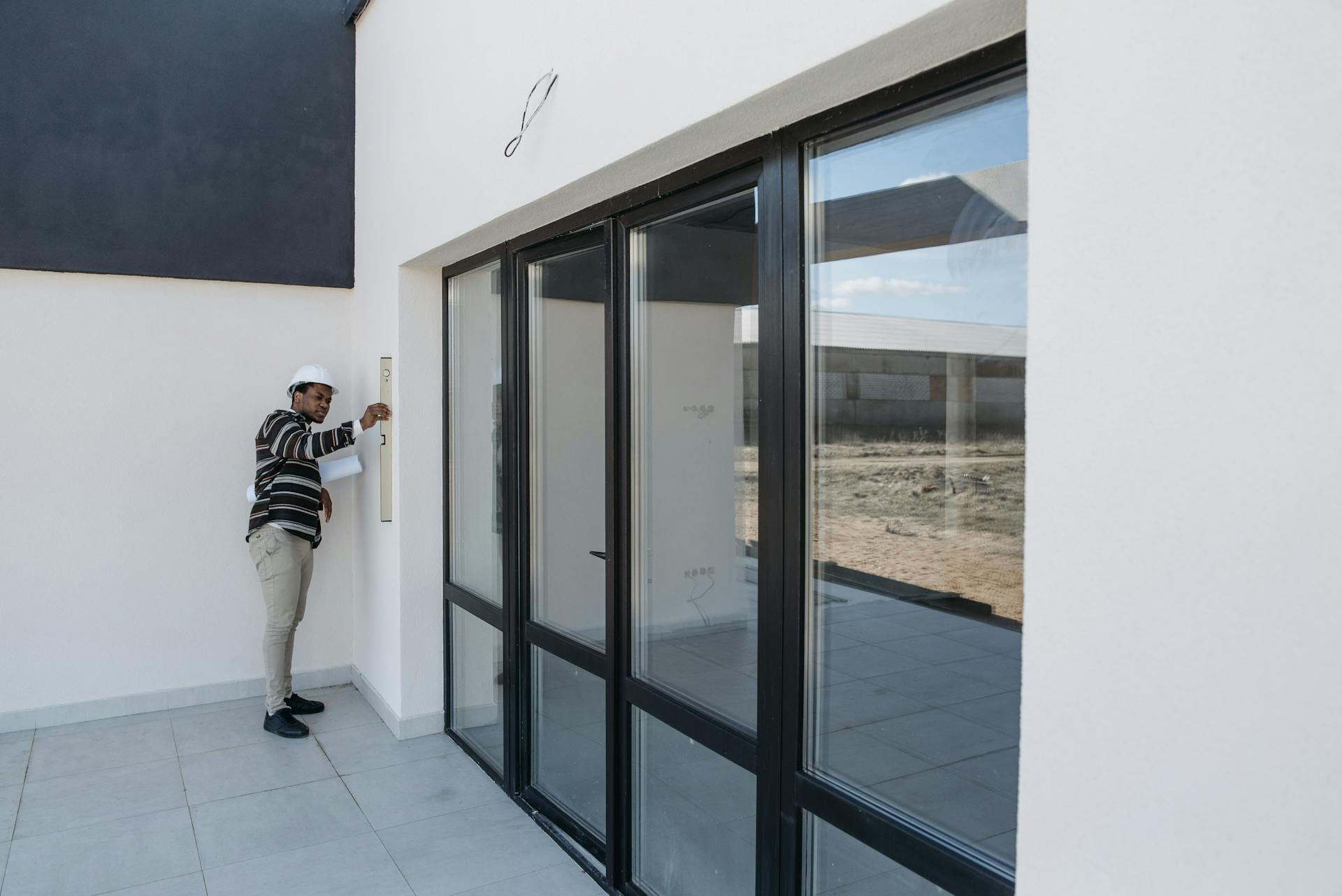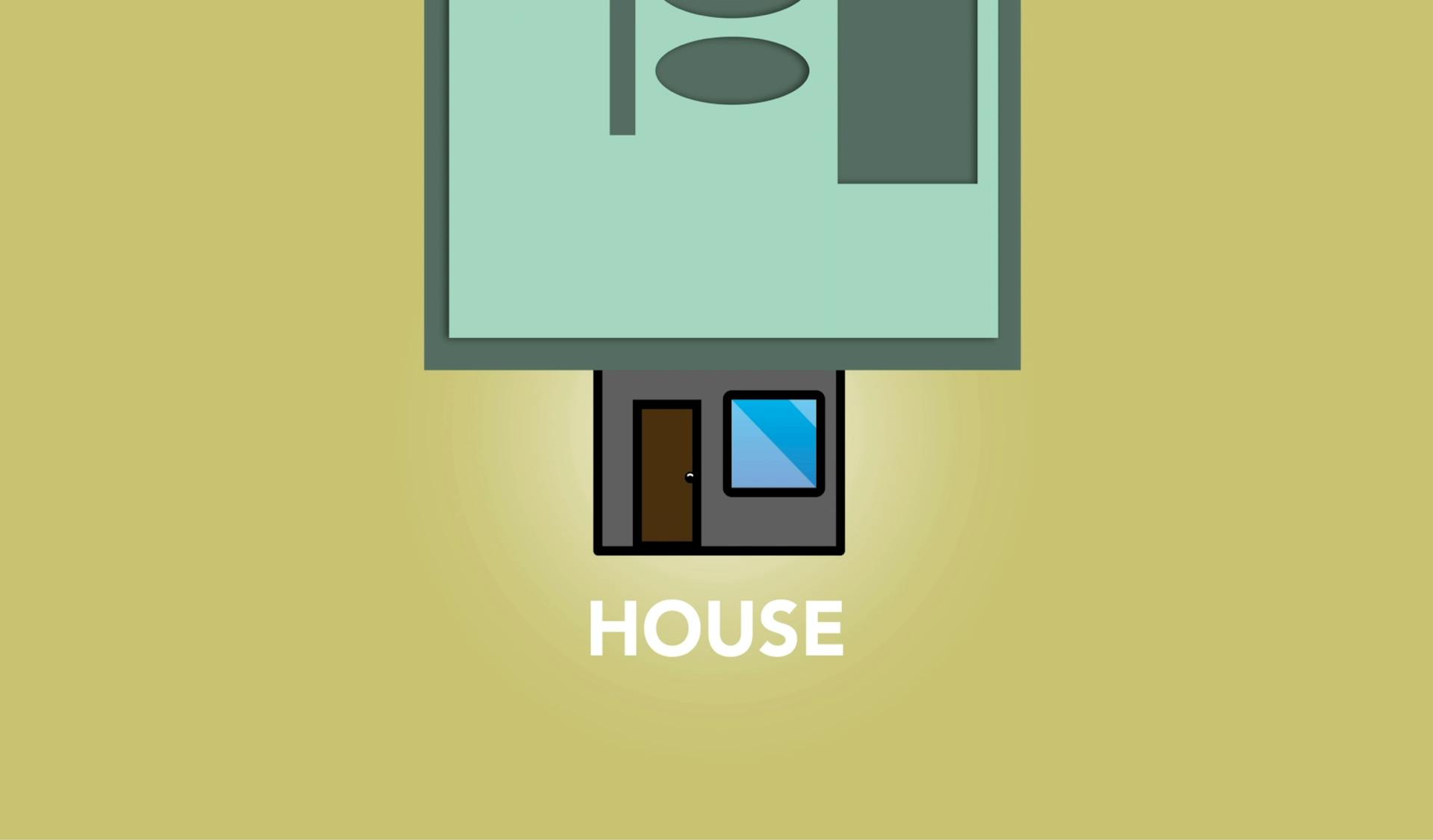
Building improvements can be depreciated, and it's essential to understand the process. The IRS allows homeowners to depreciate certain building improvements over time.
The IRS defines building improvements as additions or alterations to a property that increase its value. This can include installing new roofs, windows, doors, and insulation.
Depreciation can be claimed on improvements that are made to a property, including those that increase its value or extend its useful life. For example, installing a new roof can increase the property's value and extend its useful life.
Rental Property Repairs and Improvements
Rental property repairs and improvements can be a bit confusing, but let's break it down. Repairs are a one-off fix that keeps the property habitable and in good working order, and most qualifying repairs cost less than $500 on average.
If you're doing a repair, you can deduct the cost from your current year's tax liability. However, if you're doing an improvement, it's a different story. Improvements are considered a capital expense and must be depreciated over several years.

According to the IRS, repairs in most cases do not add significant value to the property or extend its life. But, if you're replacing something like siding, it's considered an improvement and can't be deducted immediately. Instead, you can replace broken or damaged pieces of siding and deduct that as a repair.
Here's a quick rundown of what's considered a repair and what's considered an improvement:
Keep in mind that if you're doing an improvement, you can't deduct the entire cost in the current year. Instead, you can depreciate it over several years, which can provide tax benefits in the long run.
It's also worth noting that leasehold improvements can be a bit different. If you're a tenant, you may be able to deduct the cost of improvements, but you'll need to follow the IRS regulations. And, if you're a landlord, you may be able to depreciate the improvements over time, which can provide tax benefits.
Depreciation Methods and Rules
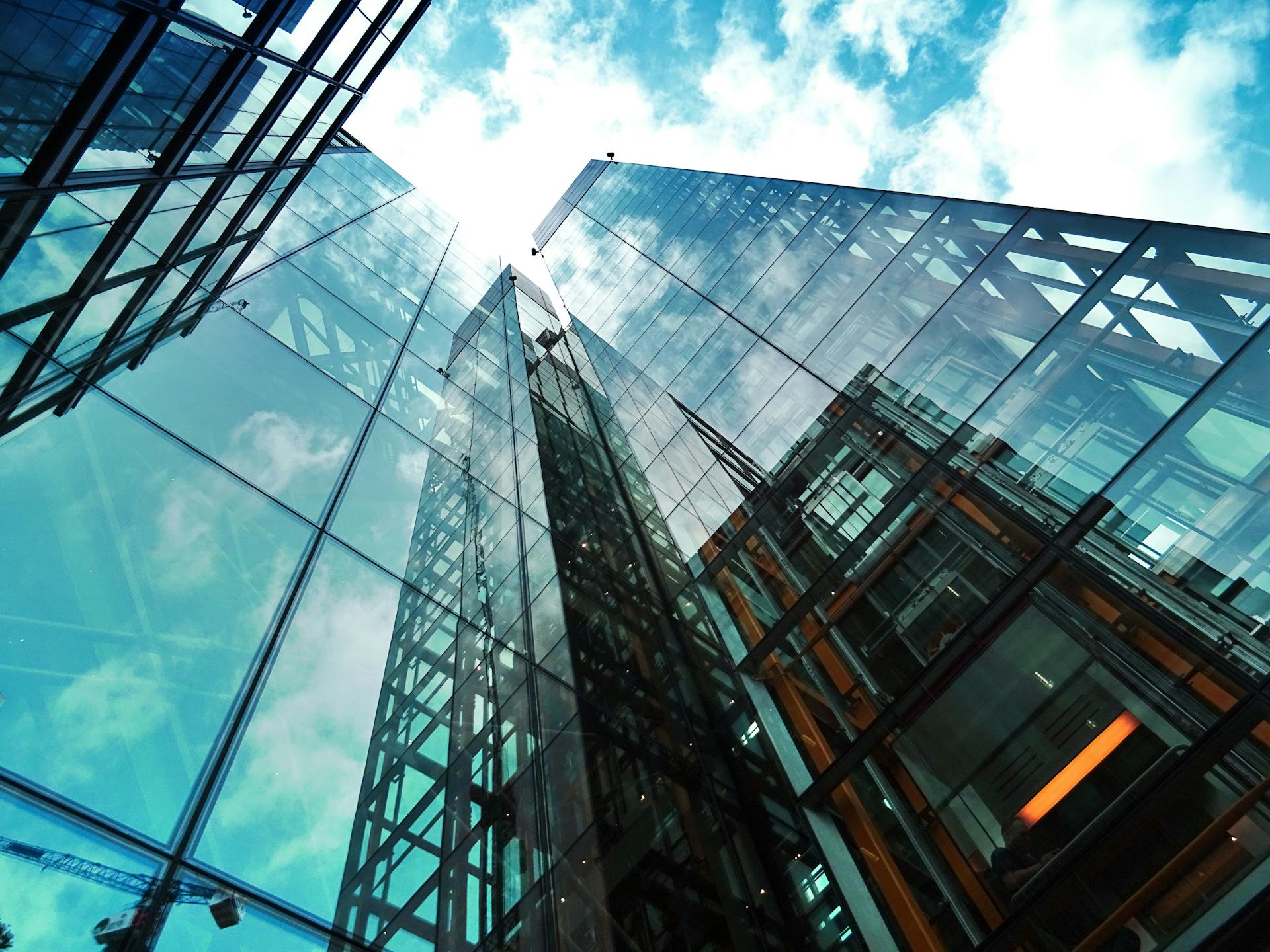
The straight-line method is the most common way to depreciate leasehold improvements, evenly depreciating the cost over the asset's useful life, typically 39 years.
However, if the improvements meet specific IRS conditions, they can be depreciated over a shorter 15-year period using the same straight-line method.
For nonresidential and residential real property, as well as qualified improvement property, the straight-line method is also used for depreciation under both tax and accounting principles.
If an improvement qualifies as a qualified improvement property, it must be depreciated over the 15-year prescribed recovery period for tax purposes, or else it may be subject to a 39-year recovery period.
Methods
The straight-line method is the most common way to depreciate leasehold improvements, evenly depreciating the cost over the asset's useful life, typically 39 years.
For qualified leasehold improvements, you can depreciate them over a shorter period of 15 years using the straight-line method, if they meet specific IRS conditions.

The straight-line method is also used for depreciation of nonresidential real property, residential real property, and qualified improvement property, under the rules of accounting for both tax and GAAP.
If an improvement qualifies as qualified improvement property, it must be depreciated over the 15-year prescribed recovery period for tax purposes.
Depreciating an improvement over a 39-year recovery period can put other properties eligible for the 15-year recovery period at risk for reclassification to longer periods if they were placed into service the same tax year.
Lease Term Reassessment
GAAP requires that if a renewal option becomes reasonably certain to be exercised, the term of the lease should be reassessed. This means the assets would then be subject to amortization over the new remaining life of the lease term.
The addition of significant leasehold improvements can affect the term of the lease. If the option to extend or terminate the lease becomes exercisable, it makes the exercise of a renewal option reasonably certain to be executed.
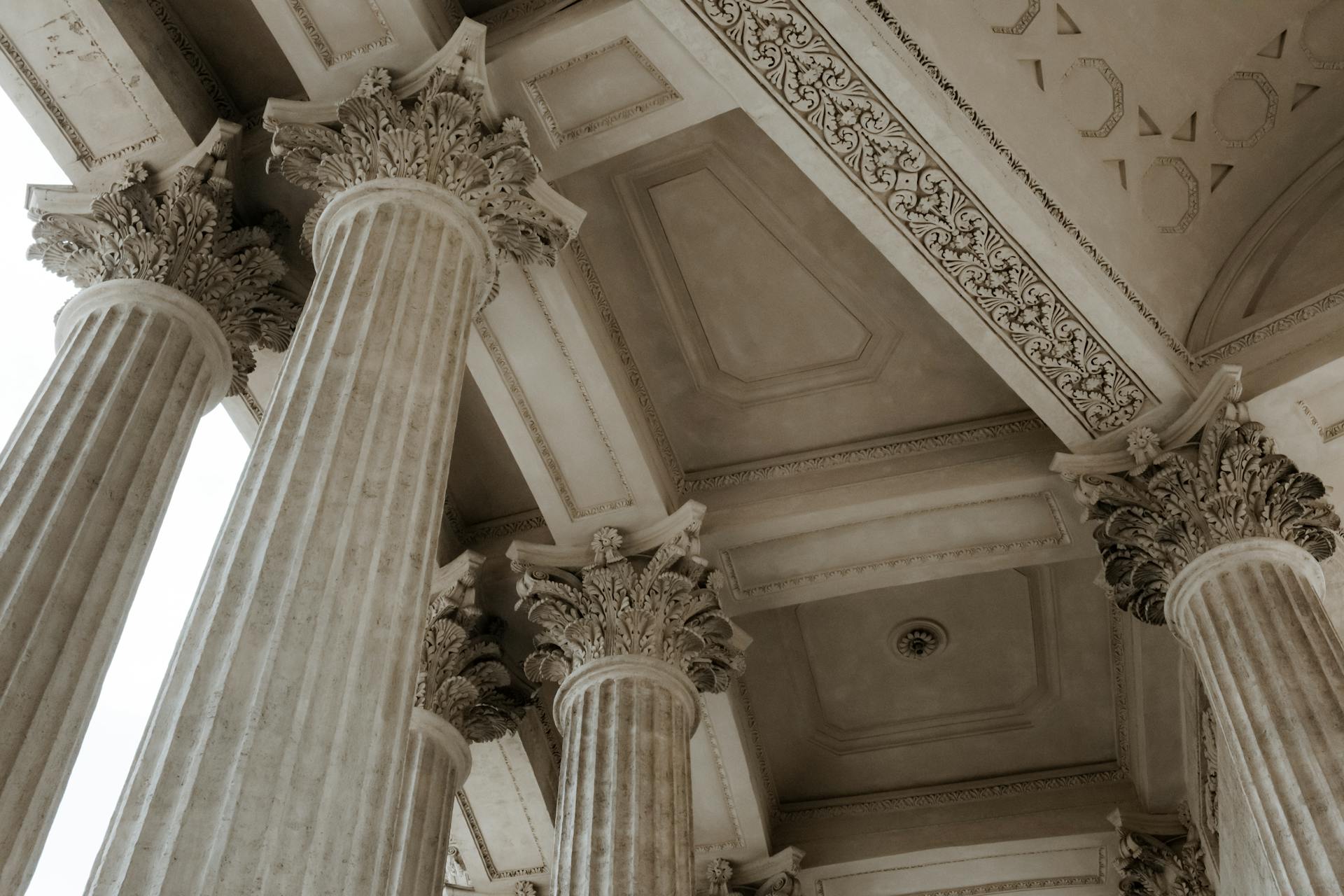
Penalties in the contract for termination and optional bargain buyouts after the next lease period can also affect the assurance of the exercise of a renewal option. The addition of a leasehold improvement could make any penalty economically detrimental for the lessee to incur because of the increased value the improvement provides.
A leasehold improvement can make the buyout at the end of the lease more attractive since the leased property is already customized for the entity's business purposes.
Qualified Improvement Property
Qualified Improvement Property (QIP) is a specific type of asset that can be depreciated over a shorter period of 15 years, rather than the standard 39 years.
The Tax Cuts and Jobs Act (TCJA) simplified the tax treatment of QIP in 2017, consolidating various categories into a single classification.
QIP specifically refers to any improvement made to the interior of a nonresidential building after it's been placed in service, excluding expansion of the building, elevators and escalators, and changes to the internal structural framework.
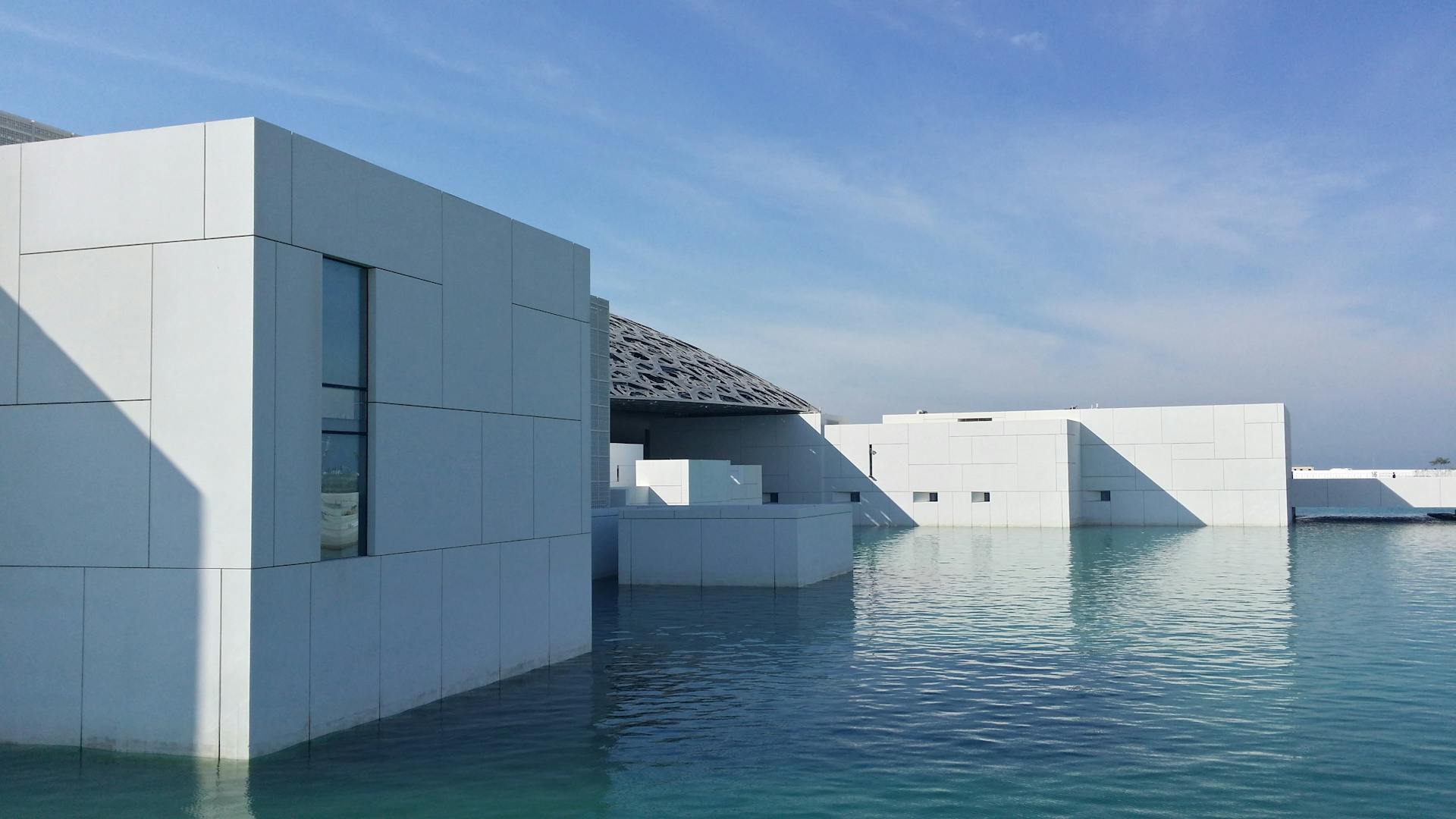
To qualify as QIP, the improvement must be made after the building is placed in service and must not be an expansion of the building.
Any property that is subject to the rules of QIP and is leased by a single tenant now falls under the rules for QIP for tax accounting purposes.
QIP can be depreciated over a 15-year period, which can result in significant tax savings for landlords and tenants.
By understanding the specifics of QIP, you can accurately account for these improvements and maximize your tax benefits.
Tax Benefits and Savings
Depreciation can significantly reduce taxable income and increase cash flow for businesses. The Tax Cuts and Jobs Act (TCJA) of 2017 simplified the tax treatment of leasehold improvements by merging various categories of improvements into a single category known as Qualified Improvement Property (QIP). This consolidation allowed for immediate expensing of certain leasehold improvements under specified conditions.
Bonus depreciation can be taken on eligible property, including qualified improvement property, and can result in significant tax savings. The TCJA extended and modified bonus depreciation to allow businesses to immediately deduct 100% of eligible property placed in service after September 27, 2017, and before January 1, 2023. The amount of bonus depreciation will decrease by 20% per year until the end of 2026.
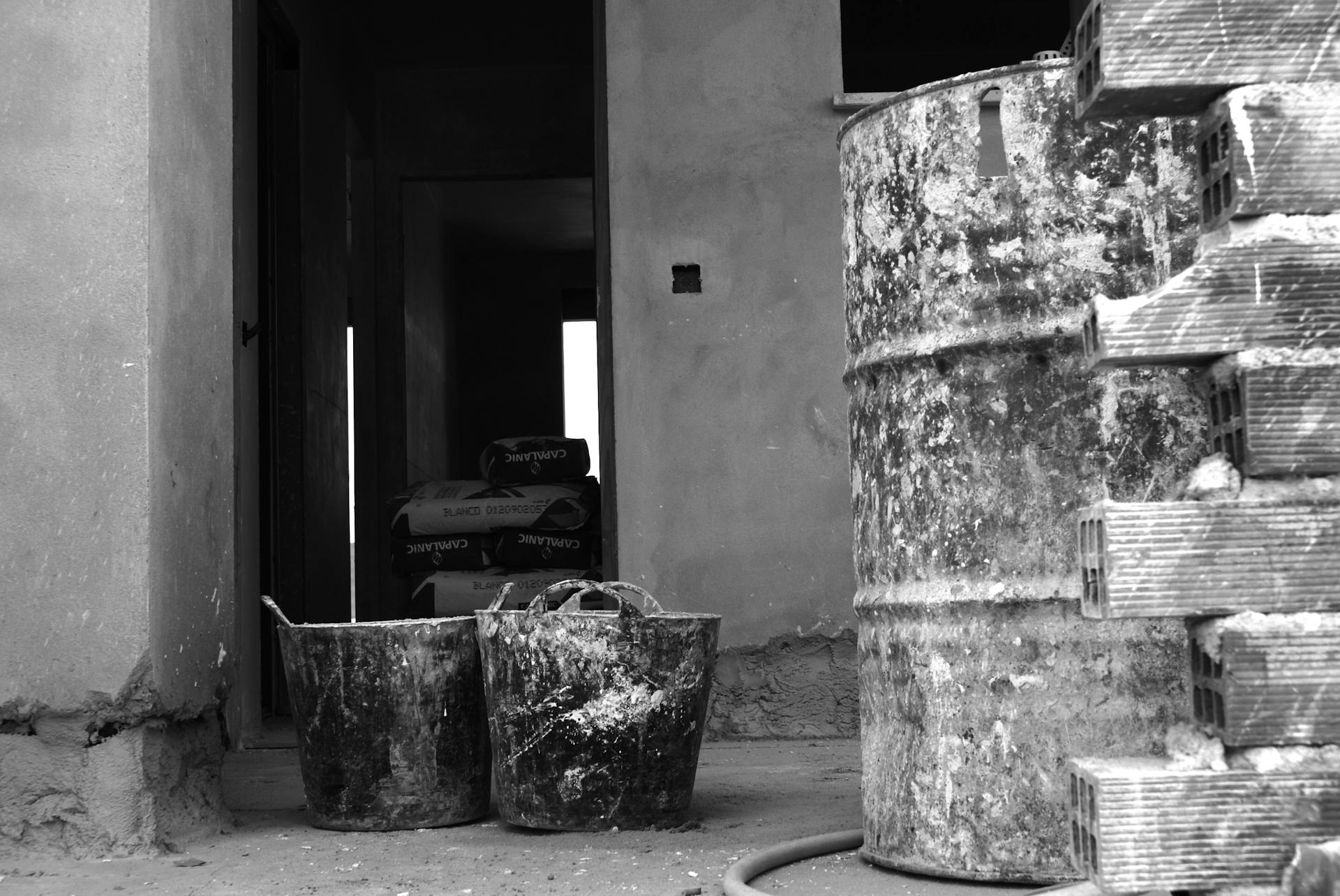
A cost segregation study can help identify and reclassify assets with shorter depreciation lives, resulting in accelerated depreciation deductions and significant tax savings. By reclassifying assets into categories with shorter depreciation periods, businesses can reduce taxable income and increase cash flow. This increased cash flow can be reinvested into the business for further growth and development.
Here are some benefits of cost segregation studies:
- Accelerated depreciation: By identifying and reclassifying assets with shorter depreciation lives, businesses can accelerate depreciation deductions and result in significant tax savings in the early years of property ownership or lease.
- Improved cash flow: Accelerated depreciation leads to reduced taxable income, which in turn enhances cash flow.
- Enhanced return on investment: The tax savings generated from cost segregation studies can improve the overall return on investment for property owners and tenants.
- Compliance and documentation: A thorough cost segregation study provides detailed documentation and support for depreciation deductions, ensuring compliance with IRS regulations and reducing the risk of audits and penalties.
Businesses must keep in mind that not all states allow bonus depreciation, and therefore, the deduction may need to be added back to income on the respective state return(s).
Accounting and Record Keeping
You need to keep accurate records of any building improvements you've made, including receipts and copies of previous tax returns. This is because you'll need to know the cost of those improvements and how much each has depreciated when you sell the property.
You'll also need to keep track of any items you've depreciated, as you'll have to pay taxes on the depreciated amount. This includes knowing the cost of improvements and how much each has depreciated.
Accurate record keeping will help you navigate the tax implications of building improvements, so it's essential to stay on top of this task.
Accounting for Leasehold

Accounting for leasehold improvements involves understanding how these costs are capitalized and depreciated. Generally accepted accounting principles (GAAP) dictate that leasehold improvements are amortized based on their useful life or the lease term, whichever is shorter.
Leasehold improvements can be depreciated over a 39-year period, regardless of the remaining lease term, but under certain IRS conditions, improvements can be depreciated over 15 years. Understanding the specifics of these rules is crucial for accurate accounting and maximizing potential benefits on tax returns.
Landlords and tenants must adhere to specific tax regulations, which can be complex. It's essential to work with a real estate accountant or CPA to ensure compliance and maximize potential tax benefits.
Here are some key tax implications to consider:
- Landlords can depreciate leasehold improvements over time, potentially accelerating depreciation if the improvements are irrevocably disposed of at the lease’s termination.
- Tenants can also depreciate leasehold improvements according to IRS regulations, which can be a significant tax benefit.
- Cost segregation studies can reclassify improvements into shorter-lived asset categories, resulting in lower taxable income and substantial tax savings.
The tax treatment of leasehold improvements has changed over the years due to legislative changes. The Protecting Americans from Tax Hikes (PATH) Act established a 15-year straight-line cost recovery for qualified leasehold improvements. The Tax Cuts and Jobs Act (TCJA) simplified the tax treatment of leasehold improvements by merging various categories of improvements into a single category known as Qualified Improvement Property (QIP).
Save Tax Documents for Building Improvements
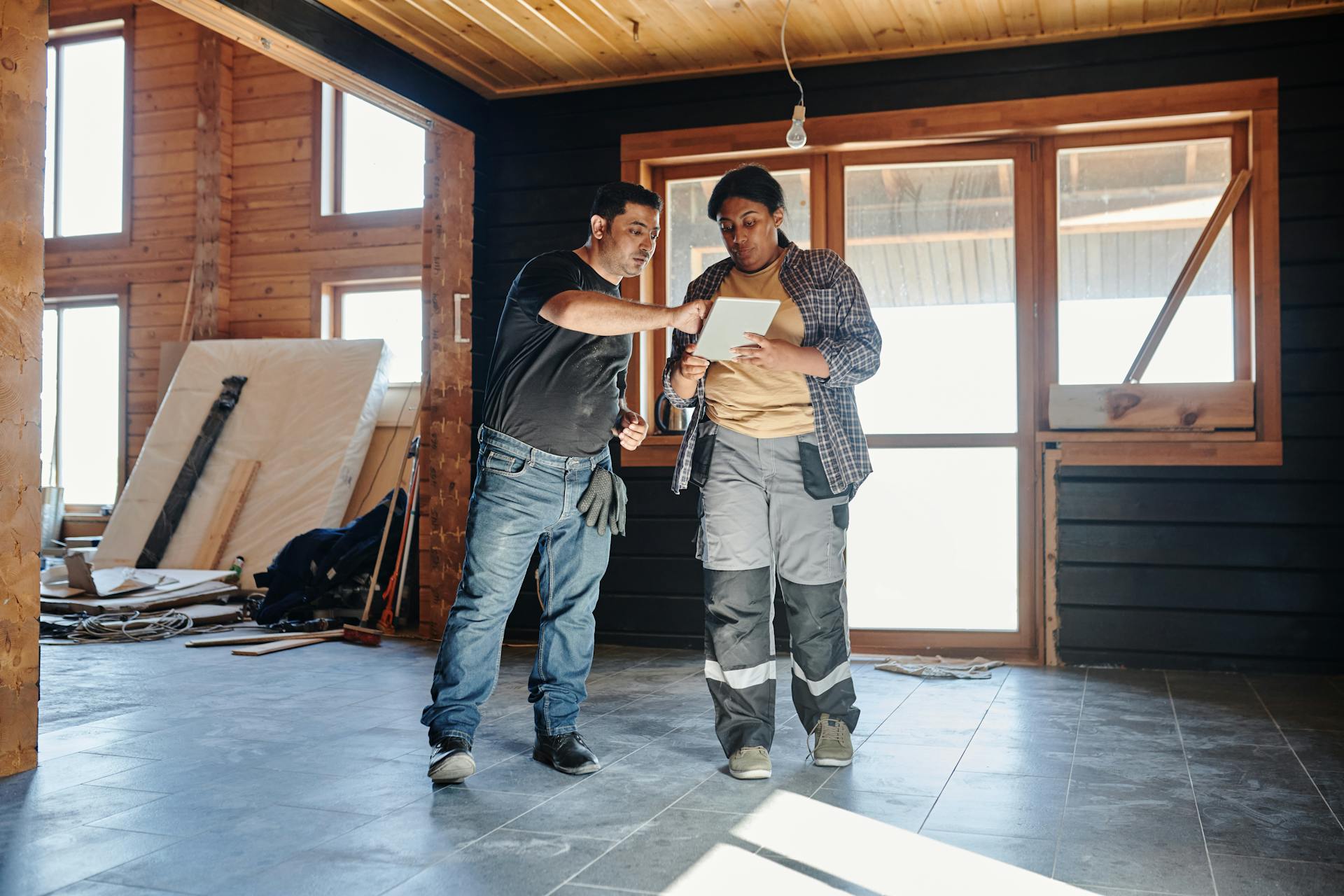
Save tax documents for building improvements, because you never know when you'll need to prove how much they're worth. If you sell a property, you'll need to pay taxes on the depreciated amount of those improvements.
It's a good idea to keep accurate records of your building improvements, including receipts and copies of previous tax returns. This will help you determine the cost of each improvement and how much it's depreciated over time.
Depreciation can be a significant tax advantage, especially if you're a landlord who retains ownership of leasehold improvements. You can depreciate these assets over time, potentially accelerating depreciation if the improvements are irrevocably disposed of at the lease's termination.
Keep all your tax documents organized and easily accessible, so you can quickly find what you need when you need it. This will save you time and stress in the long run.
Frequently Asked Questions
What is the depreciation rate for building improvements?
Under the Modified Accelerated Cost Recovery System (MACRS), building improvements can be depreciated over 15 years at a 150% declining balance rate. This allows for faster depreciation of certain building improvements.
How long to depreciate building renovations?
You can depreciate building renovations over 27.5 years for residential rentals and 39 years for commercial property. This allows you to deduct a portion of the cost each year, reducing your taxable income.
Sources
- https://www.spmtrianglerentals.com/my-blog/rental-property-improvements-depreciation
- https://masseyandcompanycpa.com/leasehold-improvements-tax-implications-for-landlords-tenants/
- https://www.disantopriest.com/bonus-depreciation-section-179-update/
- https://tax.thomsonreuters.com/blog/what-is-qualified-leasehold-improvement-property/
- https://flyfin.tax/tax-deduction/repair-and-maintenance
Featured Images: pexels.com
